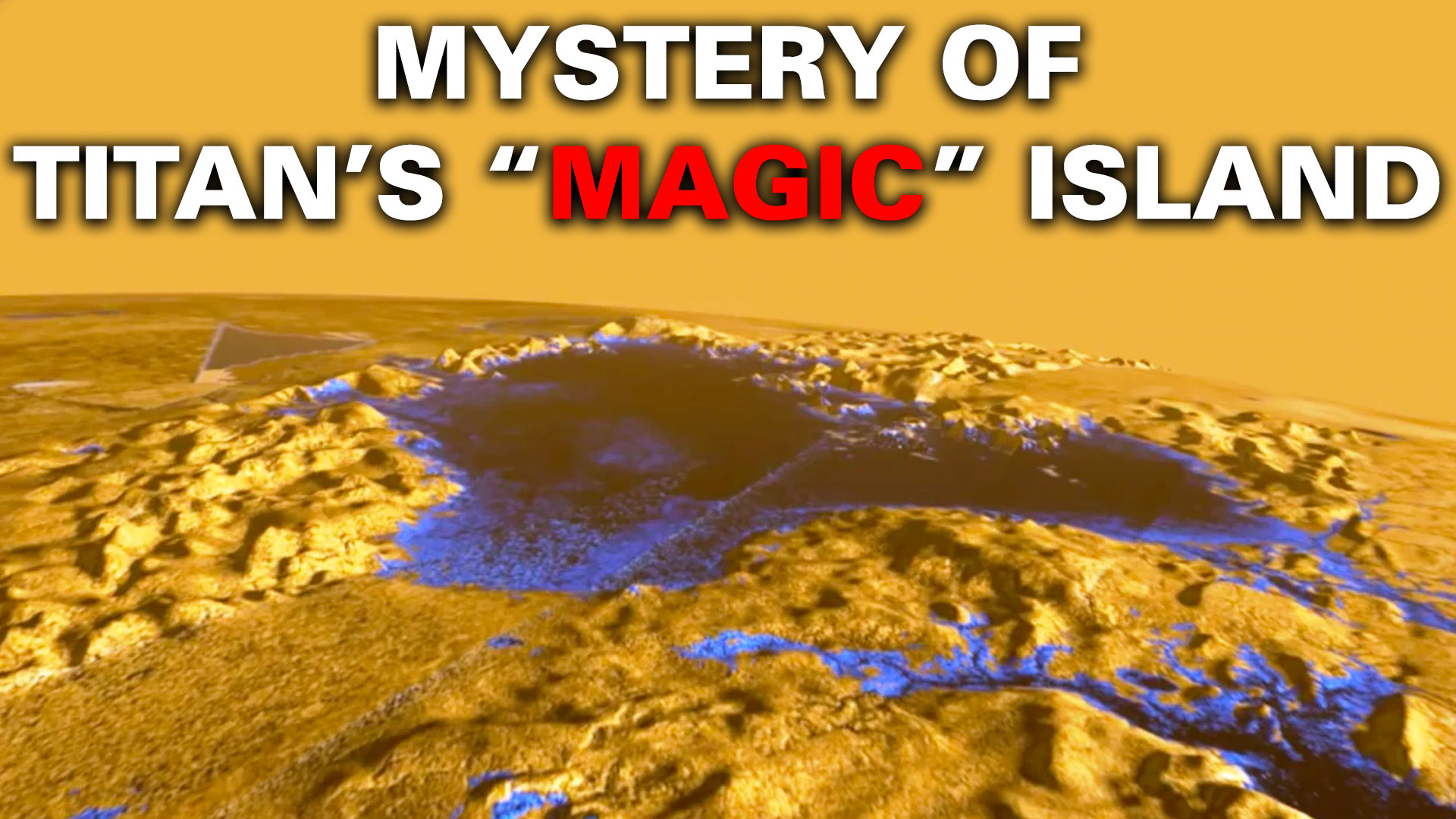

A false-color image based on Cassini data shows Ligeia Mare on Titan. Credit: Howard Zebker / Stanford
When the Cassini spacecraft returned radar scans of the surface of Saturn’s moon Titan, the results were mindblowing. It revealed giant lakes or seas of liquid methane, a complete absence of waves and what seemed to be islands in the giant bodies of liquid. Now a team of scientists think they may be blobs of organic molecules that form in the atmosphere, collect in the lakes and float around!
The bus sized space probe Cassini was launched in October of 1997. The journey took the craft 3.5 billion km using gravitational slingshots following launch from Venus (twice), Earth and Jupiter before arriving in July 2004. The mission at Saturn lasted for 14 years when Cassini dived into the atmosphere of Saturn on 15 September 2017. While it was there it orbited Saturn a total of 290 times, explored many of its moons and discovered seven more.


A particularly interesting part of the mission was the Huygens probe that hitched a ride aboard Cassini with Titan as its destination. Titan is Saturn’s largest moon, the second largest moon in our Solar System and larger even than our own Moon and the planet Mercury. It’s also the only moon known to have a dense atmosphere and large, stable bodies of water on its surface.
The atmosphere of Titan has a neat trick, it transforms gasses like methane and nitrogen (of which there is plenty in the atmosphere) into organic compounds. The team, led by Xinting Yu from the University of Texas at San Antonio studied what happens to those compounds when they reach the surface of the Moon.
Surpisingly, they found that the compounds reach the surface as solids, even on the lakes. Just what happens then was what the team were interested to explore. If they were structured like a sponge, mostly full of empty space then they would simply float. If on the other hand they were solids, they may still float depending on their composition, otherwise they will just sink to the lake bed.
One mysterious feature of the Titanian (if that’s even a word) lakes that was picked up ws temporary bright spots seen by radar. They were dubbed ‘magic islands’ because they seemed to be only temporary features. The team found that the only plausible explanation for the observations was that the solid material landing on the surface.. and by chance, in the lakes, must be porous in nature giving it the ability to float.
Source : The Fate of Simple Organics on Titan’s Surface: A Theoretical Perspective
In 2007, astronomers discovered the Cosmic Horseshoe, a gravitationally lensed system of galaxies about five-and-a-half…
Venus differs from Earth in many ways including a lack of internal dynamo driving global…
The journey to Mars will subject astronauts to extended periods of exposure to radiation during…
Anthropogenic climate change is creating a vicious circle where rising temperatures are causing glaciers to…
Satellites often face a disappointing end: despite having fully working systems, they are often de-orbited…
Astronomers have known for some time that nearby supernovae have had a profound effect on…